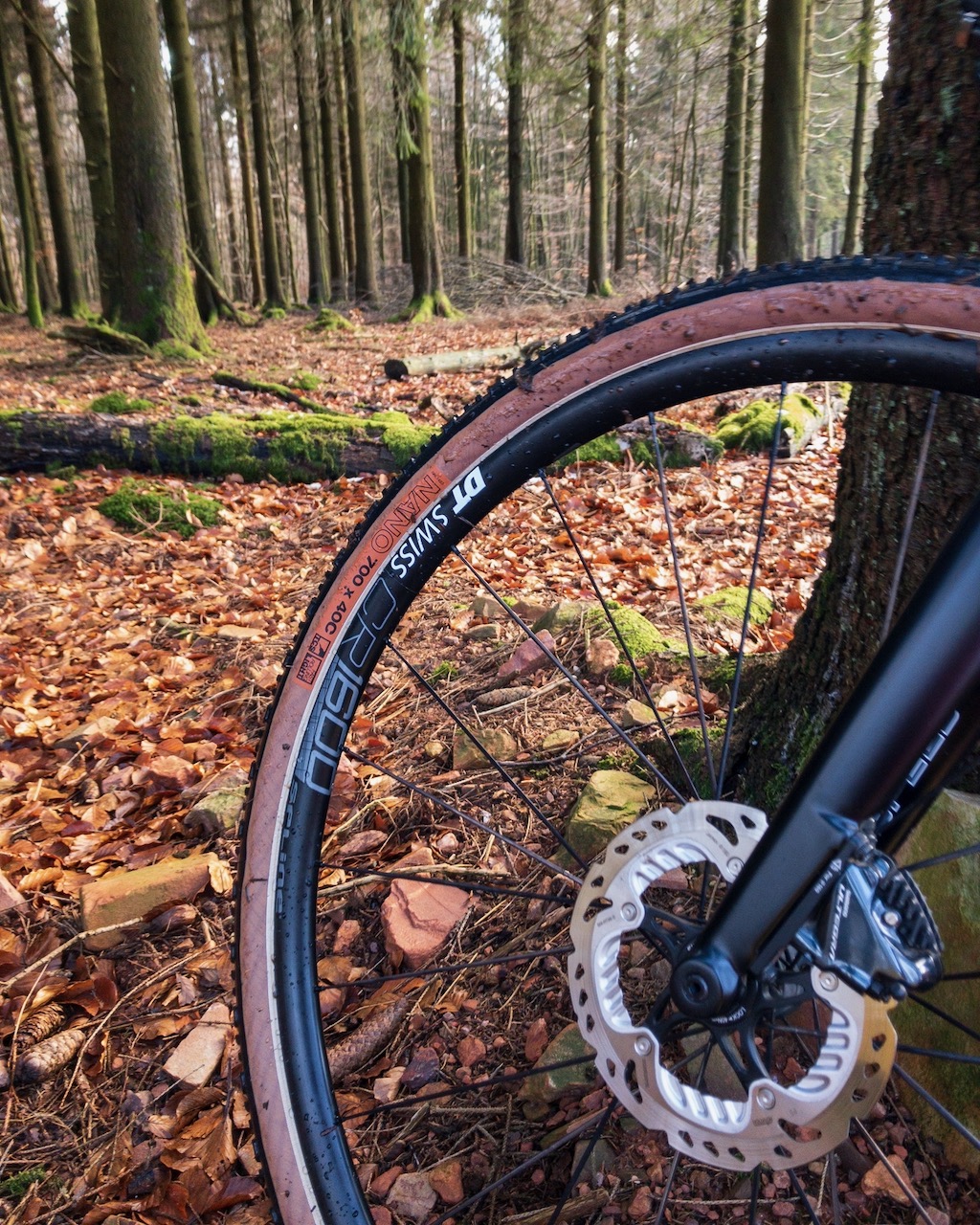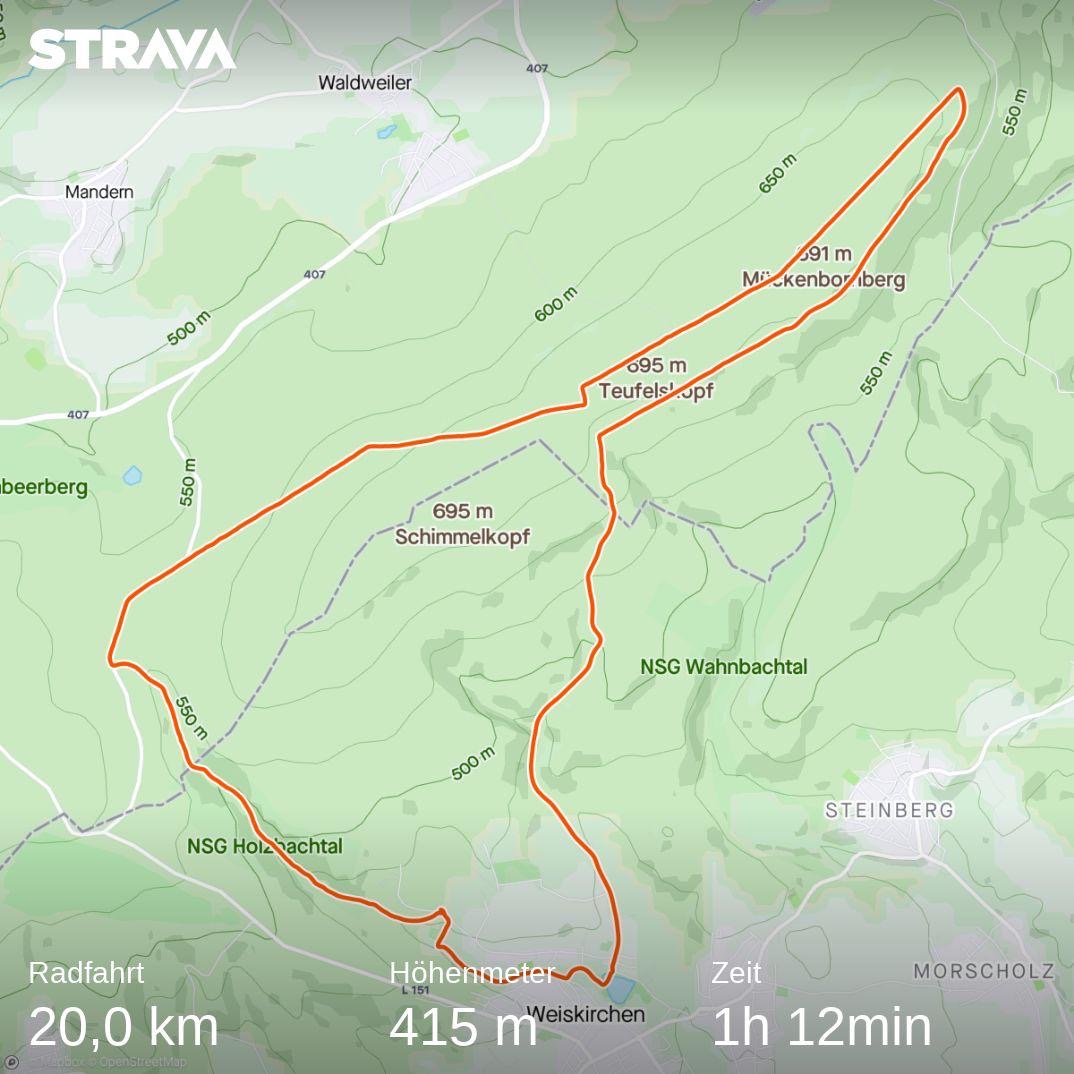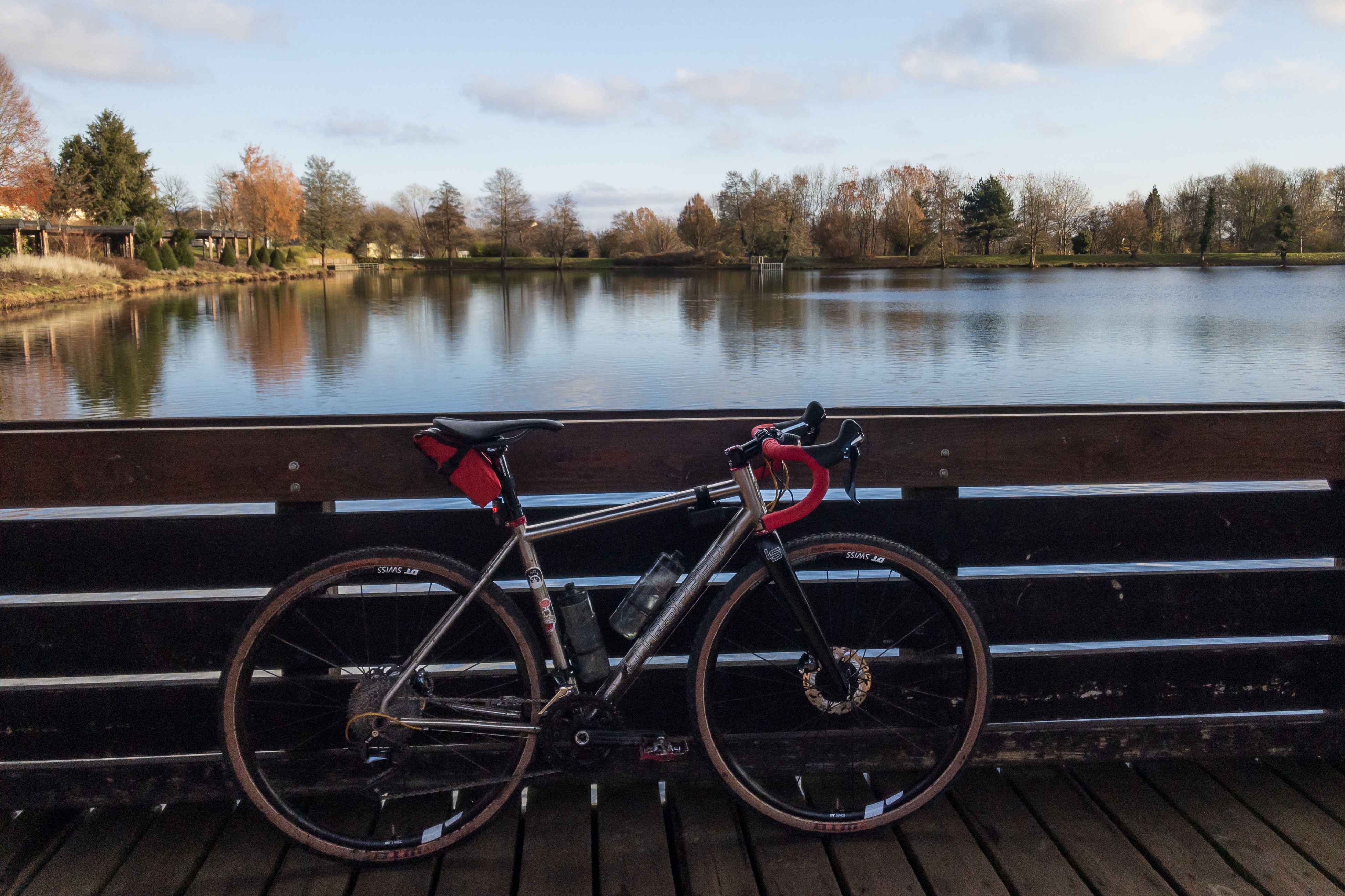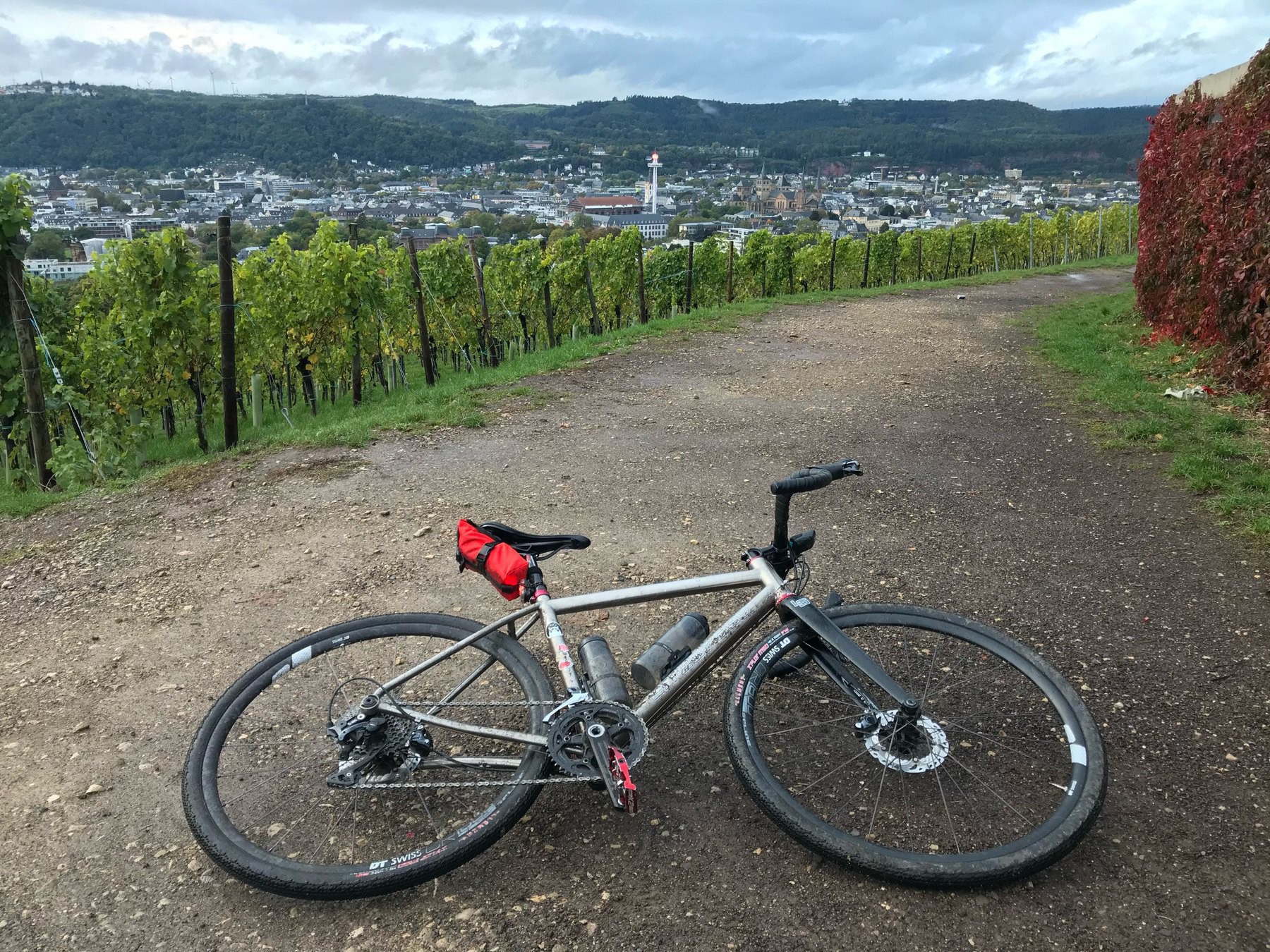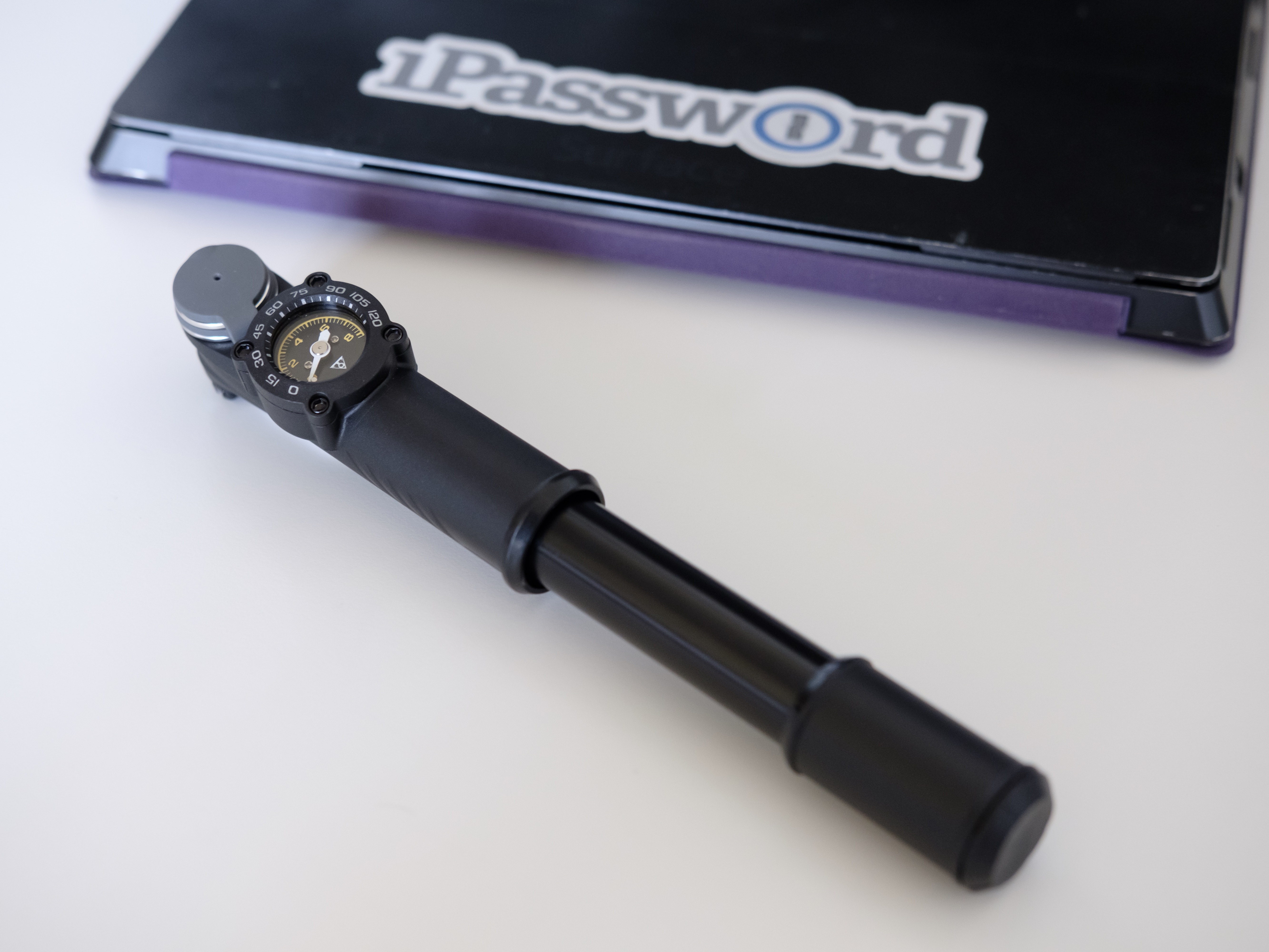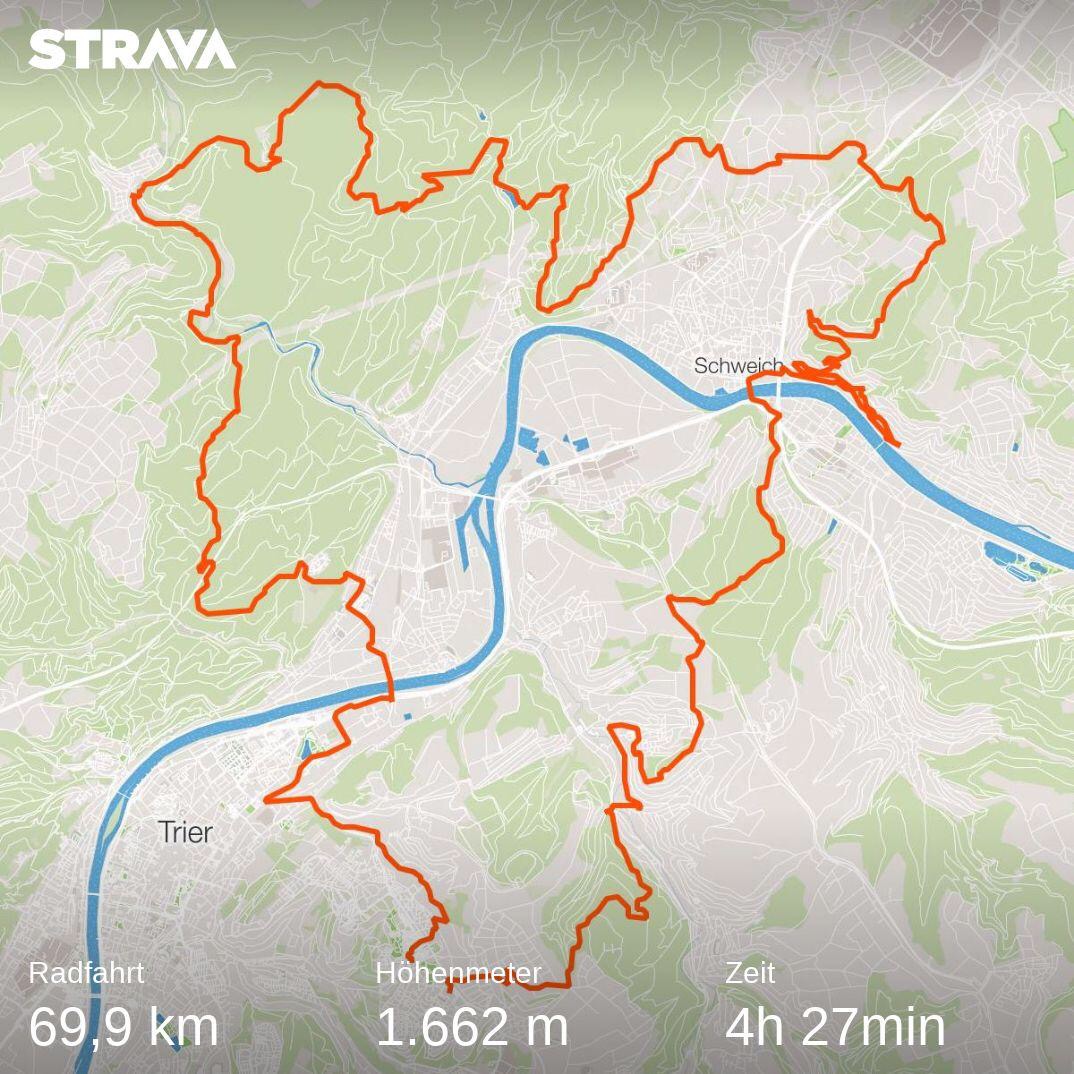Angekündigt ≠ Versandt
Es ist irgendwie jedes mal das Gleiche: ich möchte etwas per Internet bestellen, finde einen Onlineshop mit angeblich zügiger Lieferzeit, kaufe den Artikel und dann heißt es warten.
Meistens kommt im Laufe von 24 Stunden eine E-Mail die mir mitteilt, dass die Ware versandt wurde. In Vorfreude öffne ich die E-Mail, klicke auf den Sendungsverfolgungslink und … … … bin enttäuscht.
Ich kann mich nicht erinnern, wann ich in den letzten Jahren etwas im Internet bestellt habe und mit dem Eintreffen der “Versandbestätigung” war die Ware auch tatsächlich in den Händen des Versanddienstleisters. Fast immer ist der Status, den ich sehe ein “Die Sendung wurde dem Versanddienstleister elektronisch angekündigt."
Es gibt genug Onlineshops, bei denen weiß ich, dass wenn ein Artikel lagernd verfügbar ist und ich vor 14:00 Uhr bestelle, die Sendung tatsächlich am gleichen Tag auf den Weg kommt. Es gibt aber auch genug andere Läden im Netz, bei denen zwischen der Ankündigung der Sendung bei DHL, Hermes, DPD, UPS, etc. und dem tatsächlichen Paketausgang durchaus einige Tage vergehen können, selbst wenn das Produkt auf Lager ist.
Ich frage mich in solchen Momenten dann immer ob die Onlineshops wirklich denken, dass es in ihrem Interesse ist, wenn ein Kunden sich kurze Zeit nach der Bestellung verarscht fühlt. Es kann nicht so schwer sein, den automaticshen Versand einer E-Mail-Versandbestätigung an den Status “Die Sendung ist im Verteilzentrum eingetroffen und wird für den Weitertransport in die Zielregion vorbereitet." eines Versandunternehmens zu koppeln.
Für mich als Kunden würde das weniger höhnisch, deutlich aufrichtiger wirken, und die E-Mail hätte einen tatsächlichen Informationswert.

